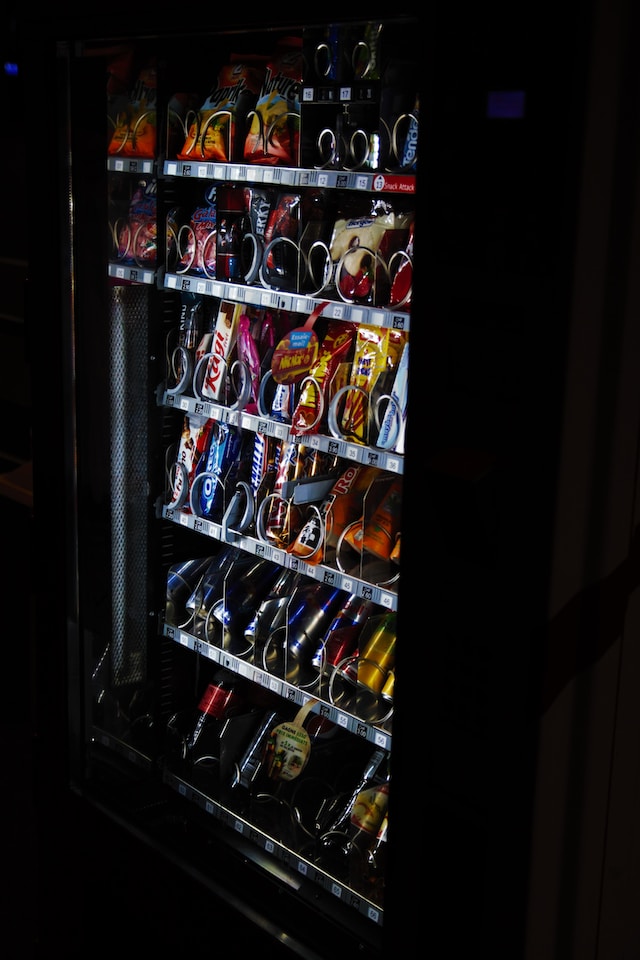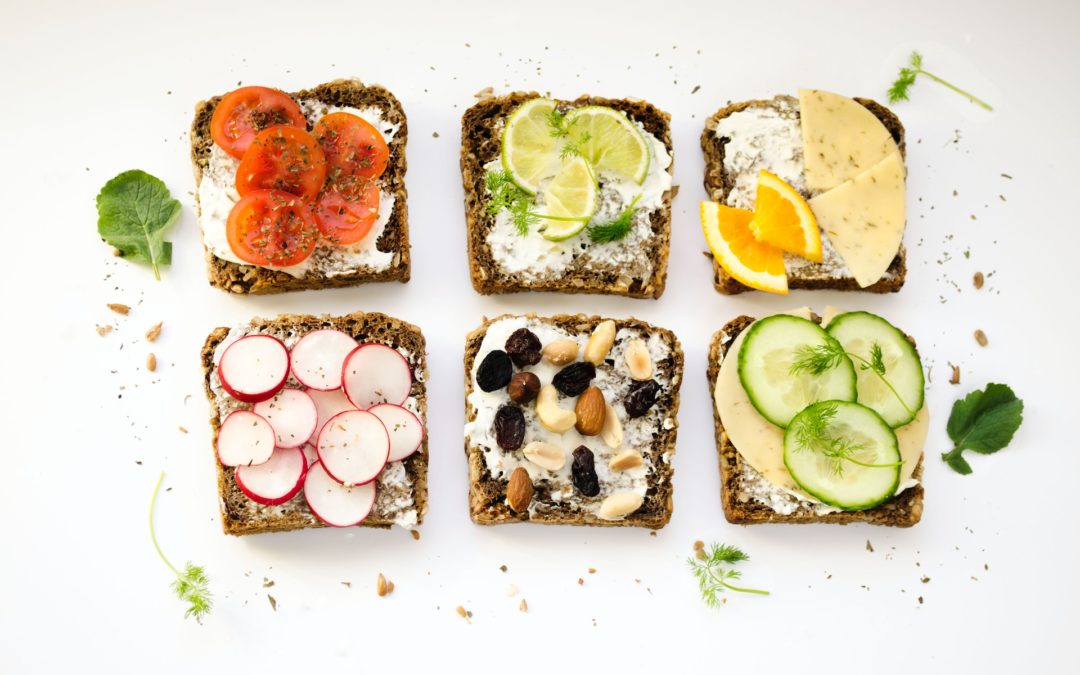Let me tell you…
Food is intrinsically linked to our health and quality of life to the extent that melatimes play a crucial role in satisfying our needs both on a biological level (the nutrients provided by the food we eat) and on a psychosocial level. Among these moments are those associated with breaks, leisure or moments of distraction typically associated with the consumption of snacks.
The snack concept encompasses a wide range of products and is associated ready-to-eat foods that we find appetising, that do not cost too much, that are easy to carry around and that satisfy our cravings at the moment we need them.
The pandemic caused by Covid exarcebated the consumption of these products, for different reasons, such as the stress associated with loneliness, the situation per se or caring for our loved ones in pandemix conditions, turning them into products of true self-praise and indulgence and, even more, inseparable companions to beer and wine that lessened the asocial feeling that plagued us in many cases.
There is no doubt that our food consumption choices are associated with a multitude of factors, and stress is one of them. People are currently experiencing more stress than ever before and studies indicate that the year 2020 specifically was “the worst and most stressful year we have ever experienced” (Gallup, 2021)1 .

In the post-pandemic, a hybrid consumption scenario has been maintained where we continue to snack indoors, but we return to leisure occasions, to our workplaces, turning breaks and meal times into occasions for this snacking.
Snacking, or the consumption of snacks and caloric foods or beverages between meals, is a factor related to mental and physical health and has been specifically linked to obesity and thus with obesity-related. In fact, such products have been defined as an obesogenic product category.
This is where we can distinguish between healthy snacking (fruit, vegetables, nutritionally well-formulated processed foods) and the snacks that should be the subject of the law (high in fat, sugar, and high in salt)
Snacking, of whatever kind, is part of our diet, and some people even prefer this way of eating through small meals as part of their lifestyle, rather than larger meals that may encompass the concept of sitting down at the table. We have been talking about snacking as a trend for some time now and here at CARTIF, we continue to look at the best ways to satisfy
this new way of eating or this trend of snacking in between meals in a healthier way.
“Snacks is a food that is generally a samll portion consumed between main meals. Snacks are part of the daily diet. The question is, what are we looking for in a snack?”
How is nowadays market? What we want to eat as snack?
Snacks are still boomign in all their various forms. It is nor for nothing that the snack market is one of the largest and is forecast to grow by 6.2% per annum up to 2025. This growth is driven by a number of factors such as lifestyle, economic factors and, especially, the fact that we are eating out more, which has increased the demand for this type of products, packaged in portions and ready to eat.
As a result, snacking habits have become a subject of study for both the food industry and nutrition experts, especially as cosnumers pay more attention to maximising moments of well.being, indulgence or disconecction from the long list of activities that await us each day.
Moreover, we are increasingly aware of what we eat and the importnace of a helathy diet. With all this, we want snacks, they are part of our diet. With al this, we want snacks, they are part of our diet, but often we do not mkae the best choice (even knowing that we do not choose well) or we do not have the best products at our fingertips.
This dichotomy in the selection of the snack that we are going to taste makes it very complex to determine the guidelines we use to choose it and to make an analysis of what the consumer really demands.
“We are becoming more and more committed to our diet as a result of a better understanding of the realtionship between health and food, and snacks are no exception to this trend.”

Beyond the personal perception of what wellness and health mean, and the importance that this perception has in the choices we make when consuming these products, there are some established aspects that are also those that clearly set the market trend: we want to consume less sugar, less salt, less ultra-processed food, no additives, less trans fats and more fruit and vegetables.
In view of the consumption boom, although there is no doubt that the best snacks are at the lower end of the nutritional pyramid (fruit and vegetables), the Food Industry and researchers are working to promote and create wuality snack products that contribute to a more balanced diet through a nutrititonally balanced composition. For example, containing slower absorbing complex carbohydrates, protein, relevant micronutrients and healthies fats so that, overall, it can be considered a food that provides energy with adequate duration and nutrients with associated health benefits.

And what other factors are involved in our decisions?
Among the factors that can be included in pur eating behaviour are the so-called food environments, or what constitute the opportunities to obtain food where factors such as availability and accesssibility of food are considered. This makes it easier or harder for us to choose and consume food.
If we want to take care of ourselves, but do not want to give up snacking, and with the constrictions of the food environment in which we operate, our particular choices and food consumption can be a great opportunity to direct our attention towards healthier snacks.
In this sense, vending (or the sale of product through vending machines( is a good opportunity where schools, colleges, workplaces or other institutions can make more suitable snacks available at our fingertips, facilitating better choice.
Wouldn´t it be amazing to be able to say that snacks have come to be linke to health benefits for consumers?
We can think of formulating such products from a holistic perspective in which the product is part of a healthy and sustainable diet through its participation in the creation of a positive food environment and taking into account the above-mentioned psychosocial factors. In this light, we can start to think about the necessary ingredients.
It is well known that there is a growing interest in the consumption of certain ingredients or nutrients because of the functional properties they impart to the product and their relation to the maintenance or improvement of health-related diseases. Some options are the incorporation in the formulation to enrich with proteins from cereals or legumes, seed flours and sprouted grains, to include ingredients from the valorisation of by-products, to eliminate any additives and to process as little as possible.
The plant-based concept or foods made from plant-based ingredients has made a strong entry into this sector and is perceived as healthy products. We are looking for snacks that promote our “mental health” or a reduction in fatigue in the form of snacks that offer us energy to maintain our atttention. Breakfast substitutes in the form of a snack, but with all the nutrients we need, but we also want to know that they are sustainable products, local products and snacks that benefit our immune system – a long with list!
In the CARTIF Food Area, we continue to work in line with nutritional requirements in researching the use of new sources of ingredients for the development of healthy and sustainable snacks with good sensory acceptability. This is a real challenge for the food industry, aware of the priority of having products that improve well-being, provide good nutritional quality and health benefits.
1 Gallup (2021). Gallup Global Emotions. https://www.gallup.com
- #WorldFoodDay; How can I help? - 16 October 2025
- A better life and a better future; right to foods - 16 October 2024
- Food reformulation; a step forward, that it is possible - 21 May 2024
